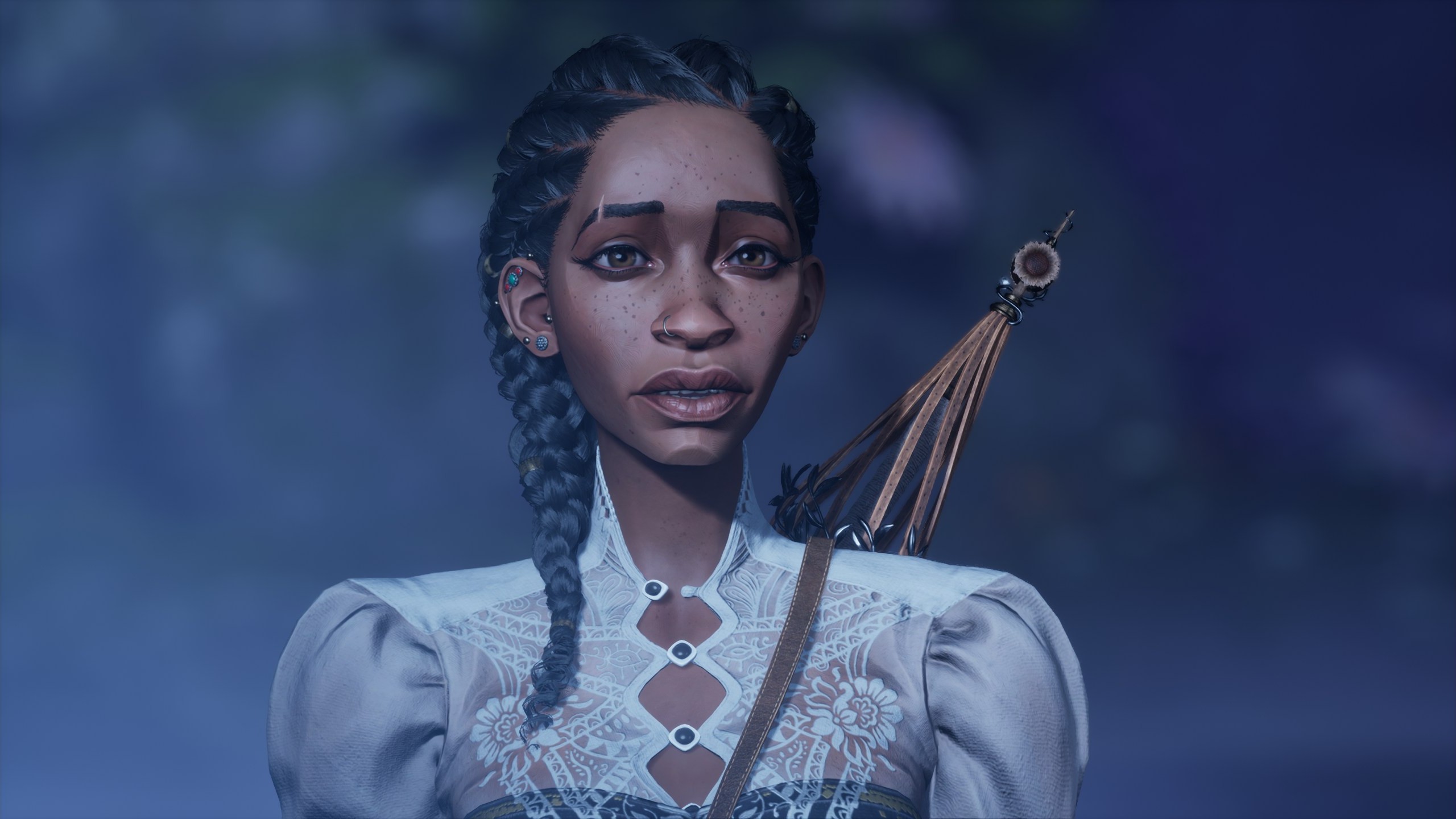I finished South of Midnight last night, clocking in at about 13 hours from start to finish. I did end up taking a break for a few days because playing a game like this on the train using my ROG Ally X just didn’t feel quite right.

When I first booted up South of Midnight, I had no idea what I was getting into—zero expectations. All I knew was that the visuals looked different and the Deep South setting seemed fascinating to explore. I mentioned this in my previous post, and having now fully experienced a brand-new game this way (going in completely blind, not watching any reviews or impressions), I know I’ll be doing the same thing again going forward—especially with new releases. Clair Obscur: Expedition 33 is being released in a few hours and, apart from the trailers, I haven’t seen or read anything about it.
But back to South of Midnight. I’ll be honest—I wasn’t a huge fan of the gameplay and combat. They weren’t bad or broken or anything like that. They were just... there. Going from one arena to another, fighting different monsters using different abilities, isn’t a new idea. South of Midnight isn’t the first game to use that formula, and it won’t be the last either. That said, the execution suits the tone of the game, in my opinion. So while I didn’t love the gameplay and combat, I didn’t mind them either. They were sufficient—they did what they needed to do to carry the narrative forward. And that’s what I want to talk about next, the story and narrative.
The story in South of Midnight is about childhood trauma. I didn’t expect that at all. The narrative is very straightforward—but not in a bad way. South of Midnight has a mission and a message to deliver, and it does so extremely well. At no point does it try to reinvent the wheel. It knows exactly what it wants to say, it understands its limitations, and it absolutely understands its strengths. Like I said before, gameplay and combat aren’t the highlights here—but the story and writing are, and the developers have done a fantastic job with that side of the experience.
South of Midnight explores the deep and long-lasting effects trauma can have on children. It also highlights their resilience in facing traumatic experiences. It shows how long those effects can last—and what it takes to truly understand them, process them, accept them, and eventually live with them.
Playing South of Midnight reminded me of a book I’m currently reading: The Boy Who Was Raised as a Dog by Bruce Perry and Maia Szalavitz. It’s about childhood trauma, written by a child psychiatrist who’s spent years helping children who’ve endured unimaginable experiences. I won’t go into detail here because (1) the stories are quite intense, and (2) this isn’t a post about the book. But I’ll say this—South of Midnight created an interesting parallel for me. It felt like I was watching those stories play out in front of me. One example that really struck me was Laurent’s backstory—a young boy who has lost his mother, witnessing his father get murdered in cold blood right before his eyes.
South of Midnight portrays these moments with care and expertise. It doesn’t shy away from the reality of trauma—especially when it comes to children. I won’t say I never expected a video game to explore this territory, but I definitely didn’t expect it from South of Midnight. None of the marketing hinted at how deep and emotional this game would be—and honestly, I think that’s a good thing. It allows the game’s narrative to unfold naturally and respectfully. The topic of trauma and abuse is handled with grace. For players unfamiliar with these issues, I think the game offers something close to subconscious education—you learn through the experience without even realising it.
The visuals, performances, and music all contribute to a soothing atmosphere. Even though you’re witnessing something devastating, you never feel overwhelmed to the point of needing to put the controller down. That’s the result of excellent writing and thoughtful art direction. The developers guide players through emotional highs and lows with such balance—it’s like riding waves. They give you a taste of the trauma, then pull back, giving you time to breathe before you dive back in. It’s masterfully done.
I’ve avoided diving into too much detail to avoid spoiling the story, but I will say this: Play South of Midnight. Give it your full attention for the 10–12 hours it takes to finish. It will stay with you. The stories you experience in South of Midnight will echo in your mind long after the credits roll. And the characters you meet—well, you might recognise a few of them in real life. Or maybe… you are one of them.
Comments
Post a Comment